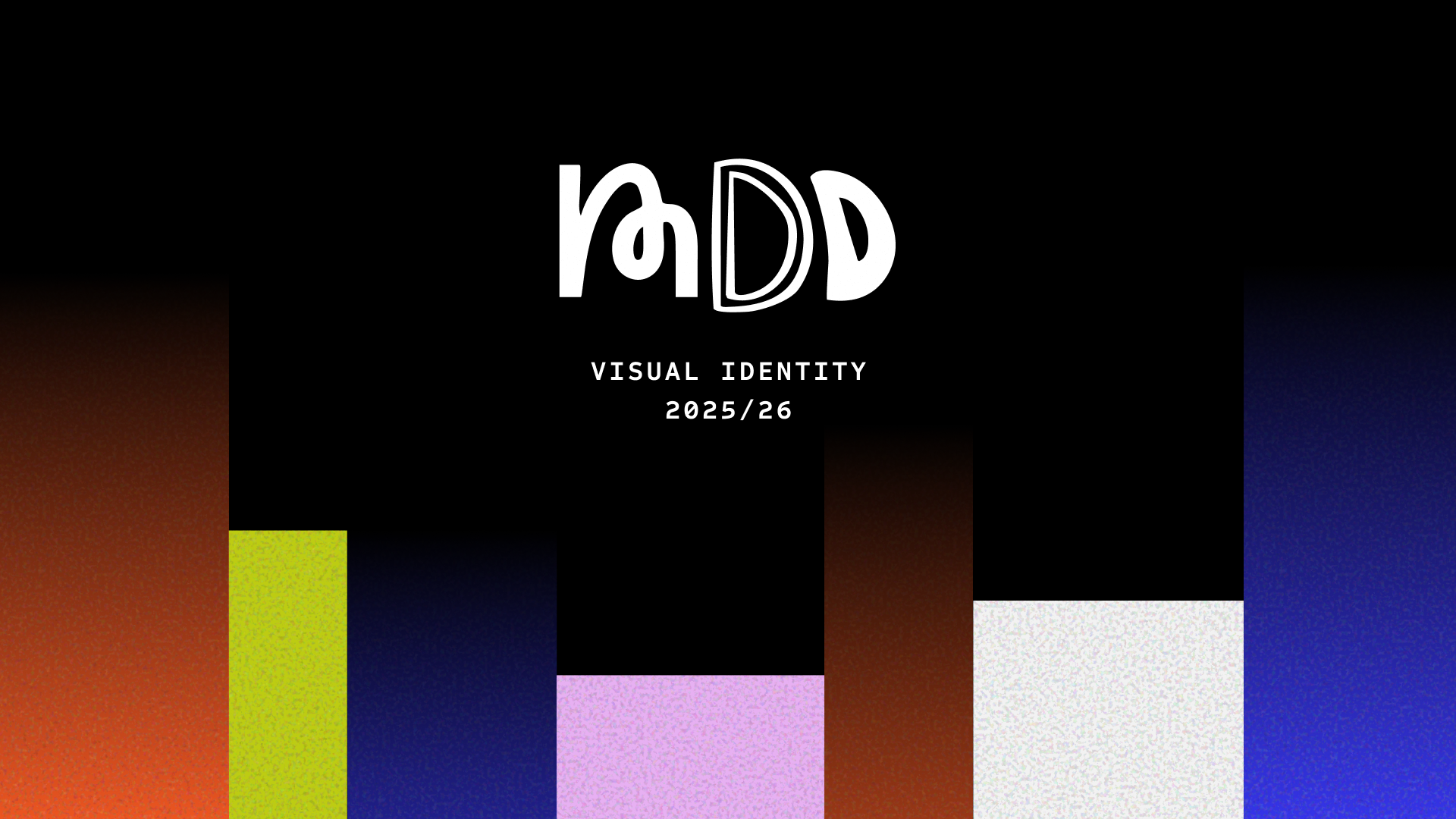Interview Alain Dujardin: “Be that advocate of the end users, and truly fight for them.”
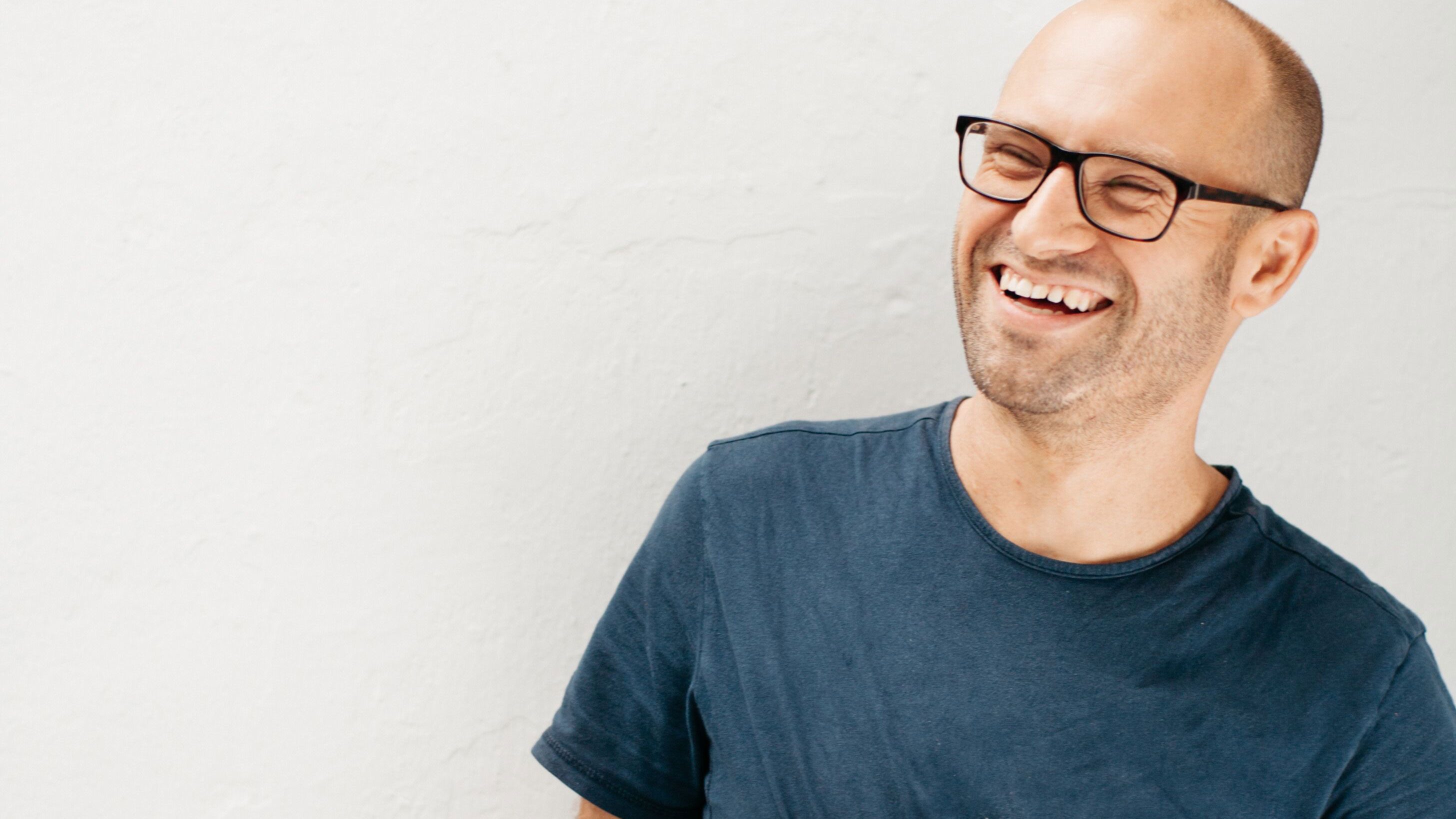
How can we create digital products that do good? In this interview, Creative Director and partner at Greenberry, Alain Dujardin, discusses with students Beatrice Neacsu and Simona Vargas Paraschivoiu about the role of designers and the importance of using digitalization for positive societal impact.
In an era where technology and digitalization can both enable society and have counter-effects, Greenberry strives to create digital design “that benefits all of us.” In this conversation, Alain talks about the importance of using digitalization "for good to help solve the greater problems we are encountering as a society" while stressing the designers' responsibility to "think about the unintended consequences of their designs."
Beatrice & Simona: At Greenberry you want to create digital products that do good. What does good mean for you?
Alain: When we look at digitalization, we see that it gives us a lot of possibilities, and solves many problems, which makes our lives a little bit easier. On the other hand, there are also a lot of downsides to technology and digitization in our lives. There are several examples where technology is enabling something, while having counter-effects that we don't want as a society. We believe that we should use digitalization for good to help solve the greater problems we are encountering as a society. We are not naive, we know we can't solve these issues on our own. But we want to bring our contribution.
So, to go back to your question, for us, good means that it does no harm. That's the first thing. And that's really a critical question you should always ask yourself. Even if you have the right intentions, you might still accidentally do some harm. So, you have to be aware of that.
B&S: How do you act in cases when you accidentally do some harm?
A: First of all, by having an open mind as you're developing your work. Keep in mind that, regardless of how good your intentions might be, a solution you develop could also have a negative impact. I think it's a designer’s obligation to ask these questions. Many of our clients, for instance, work in youth care and they think that an app can help solve some things, so they ask us to create it and get us on board. I think it's our obligation and our task as designers to ask questions about what the app is actually going to solve and what the negative impact of this solution might be. For instance, is it accessible for everyone? Is it inclusive enough for everyone to take part in the solution?
Then, during the process, we try to create MVPs as fast as possible and user-test them. That also gives a good idea of what the potential negative impact of the design could be. In the end, the real effect is something you see when the product is live: How is the app actually used? Does it help solve the problem? Or on the other hand, do we maybe exclude people because they can't use the application? During the entire process, you need to be aware of this and try to anticipate it. The further you go, the more data you have to actually avoid the potential negative impacts of your design.
You start realizing that instead of creating an application for chips or chocolate, you can also create products that have a greater impact.
B&S: What inspired and motivated you to follow the idea of using design for a positive societal impact?
A: Before I joined Greenberry in 2011, I worked for all kinds of digital agencies in Amsterdam and I did any work clients asked us to do. As I grew older, I started looking at the increasing difficulties that we face as a society. But also as a father, I started wondering, what is it that I do? Do I contribute to a solution? It didn't come up in one day, "I'm going to change the world". It's more like something that took shape across time. When we started working on products that had this positive impact, we started realizing what the power of digitalization could be. For us, the turning point was the Holiday Doctor app in 2014, when we saw that we were able to help ill people abroad. You start realizing that instead of creating an application for chips or chocolate, you can also create products that have a greater impact. Then, you also start seeing that it's not just solving a problem for one person; sometimes, it's also solving a problem for the greater good.
B&S: You worked on an app on air quality that received a bit of negative feedback and your approach was to involve the people that gave you that negative feedback in the conversation. How did their insights change the product or the approach moving forward?
A: The app in question was Stookwijzer, which is a tool that assesses the air quality and the actual wind speed and direction. If we combine those data sets, we're able to determine whether or not it would be possible or wise to stoke wood in your street - for instance, in the fireplace. This is a really big problem, especially for people who have asthma or other lung issues and live in cities. Research shows that ten thousands of people are currently determining whether they are going to move because their neighbour is constantly stoking wood and that has such bad effects on their health and wellbeing. But there are really deep emotions involved in the ability for people to start a fire when they want to. So, as you begin working on the solution, you already feel that this is part of a political debate.
When we went live with the first prototype we did in the municipality of Nijmegen, we got a lot of feedback. On one hand, those who want to stop wood stoking thought we were encouraging it because the app would say that it's ok to stoke wood based on the air quality and weather conditions. On the other hand, those who support stoking thought it wasn’t up to us to tell them what to do. I saw photos of people using the app and saying "I just fired up my fireplace and I don't care". So, we decided to invite a couple of these people to the office to listen to their stories and try to understand how we can create a better product.
B&S: How did you decide to what extent you would not listen to the people that joined the session?
A: If you listen to an individual story, you can gain all kinds of insights from the story and use that in your design. But you can't solve the individual problem, right? But if you start seeing a pattern, then you can determine whether you put this in the user journey and whether this is a hiccup or hotspot you want to create a solution for. It's finding a balance and gathering the insights from everything you've heard from the clients and from the experts. We have insights from both ends of the spectrum. But if we listen to only one of them, we're going to design a solution for them only. The trick is to bring it all together and create something that works for as many people as possible.
It's also about making choices as a designer: you can't create tools for everyone. It's just not possible. If you want to create products that are open to as many people as possible, you need to look at the way you create: Do you have the right people in the team? Do you have a diverse team? Do you have everyone involved? But even then, you still need to make decisions based on the goal you have and the target audience you're designing for. Within this restricted area, you try to create a product as inclusive as possible.
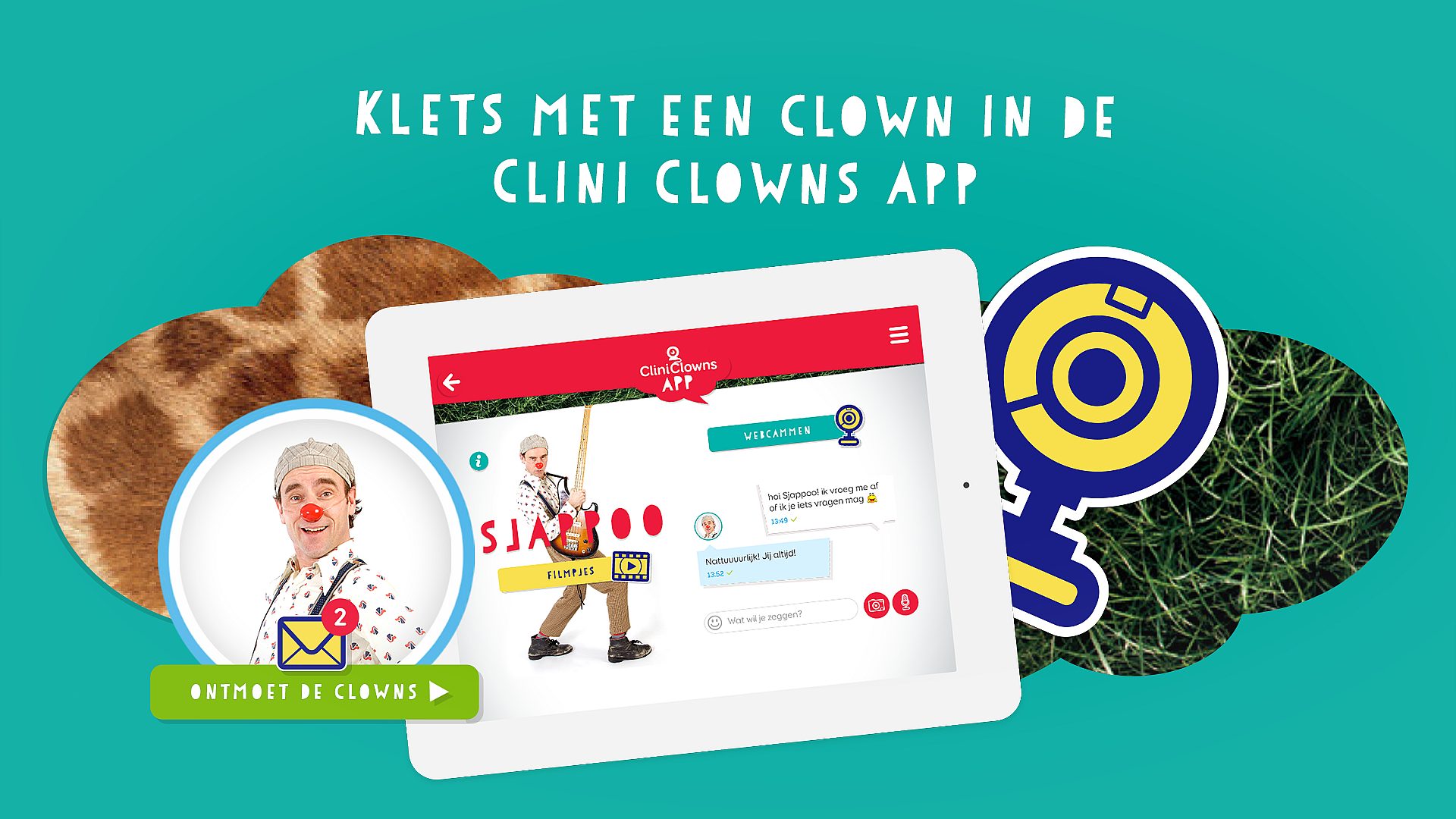
CliniClowns is an example of clients Greenberry is happy to work with as they contribute directly to making good.
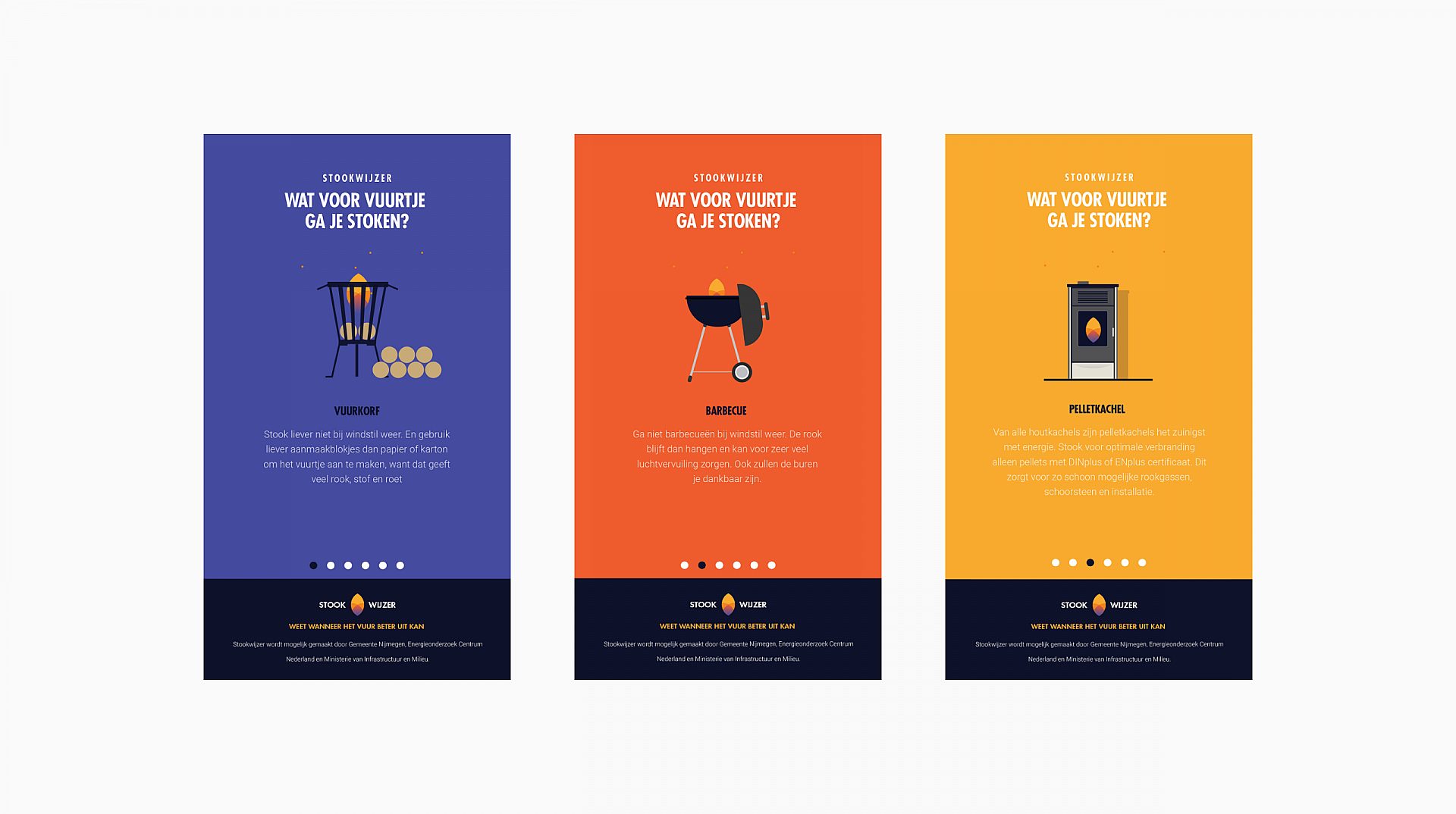
Greenberry developed the app Stookwijzer which generated all sorts of feedback and criticism towards the agency; so they involved those critical voices to help them make a better product.
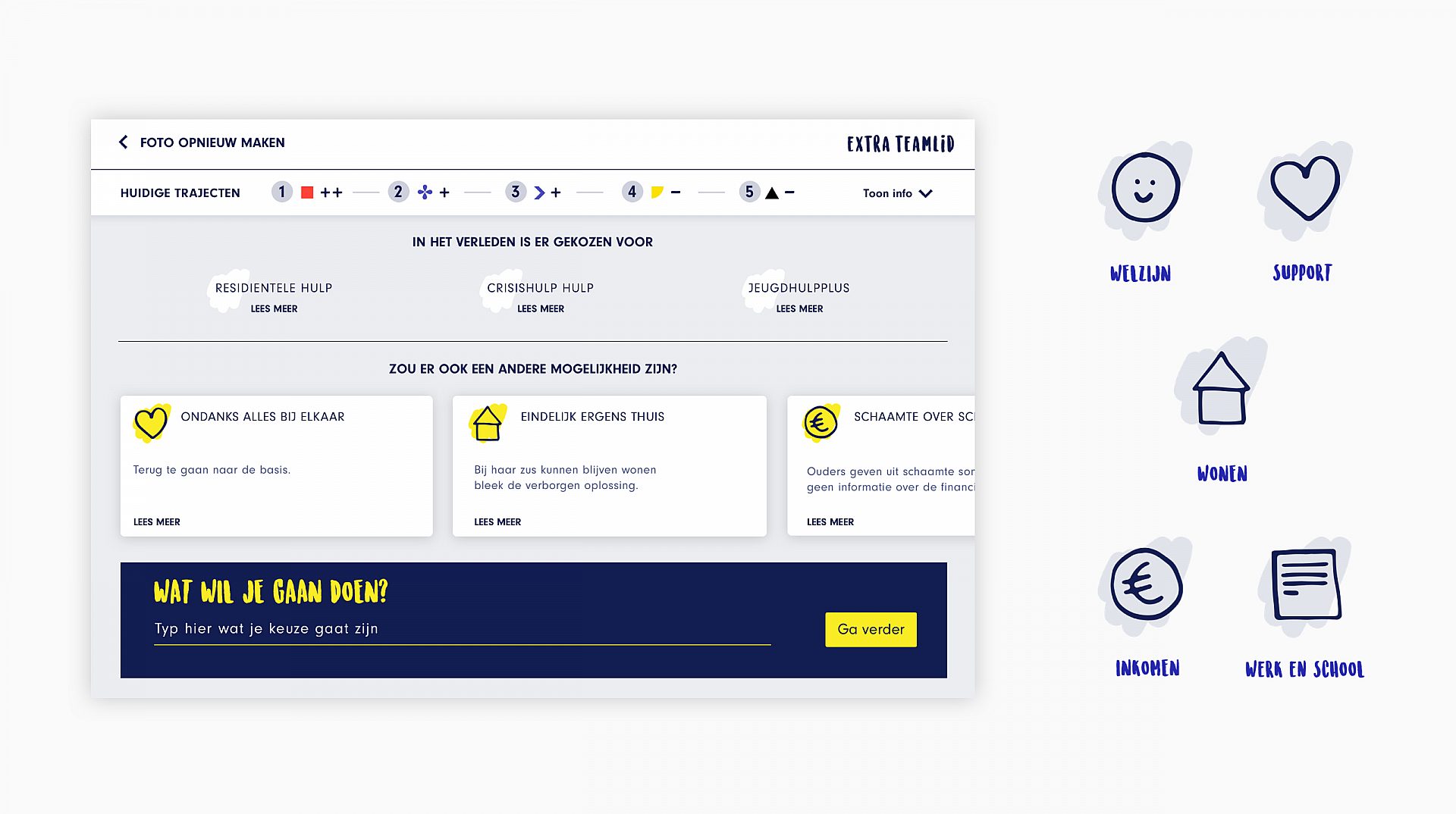
B&S: I can imagine that sometimes there might be tensions between the insights coming from different stakeholders when you have a big ecosystem. How do you prioritize them or deal with these tensions in general?
A: For us, in the end, there's only one person we're developing for and that's the end-user. That's something we constantly tell our clients: we are the advocates of the end-user. We also have to protect them, defend them, understand them, and we have to work for them. So, we try to bring their desires and insights to the clients and have them involved in the decision making. To help clients understand this, we involve them along the way. So when we're doing the first interviews, we ask the client to be there and have an active role. We train them a little bit on what kind of questions to ask, because most clients think they already know their users or start asking closed questions, or already provide the answer.
B&S: But how does that co-designing with end-users and clients, which is so intrinsic to Greenberry's process, contribute to building products that do good?
A: For us co-design is not just the design part, but it is the way we work. There's a lecturer at the HKU School of Arts who's doing research on the moment a design project starts. And his thesis is that it starts in the first very conversation you have with the client because you're already designing the process in your head. You're already making choices that have large effects on the solution you're creating.
One of the projects we're working on with Garage2020 is with a very difficult target audience of youngsters who are involved in knife violence. This is quite a difficult group to get involved with. As we started interviewing them, we found out we had to do it in a different way. Susanne, the designer who was working on the project, ended up rapping with these youngsters. She noticed that they were not responding to any of her questions. So, she transformed the interview into an experience because there was no other option to gain insights from this particular target audience. We are never going to really understand them - that's something we have to be aware of. The only thing we can do is to get as close as possible to them, have faith that they trust us, and let them share experiences.
We have this discussion constantly to determine how we get where we want to go, as long as we are aware that we have a great mission as a company.
B&S: Greenberry developed a grid of values that you use to decide whether or not to work on a project or with a client. Could you share with us some of those values?
A: We have determined two ways to look at this. First of all, you have clients whose mission contributes to a better society and they ask us to create a product but don't ask us to solve the problem they are working on. For instance, we created the website for Terre des Hommes, we created a platform for Artsen Zonder Grenzen, Médecins Sans Frontières. The core product we created does not really solve the problem; it's a part of the organization and it helps them, for example, to raise money or awareness, but it's not working on the problem itself. So that's one type of assignment we identify.
And the other one is really about working on the problem itself: the product we make is also what they do. In the case of CliniClowns, the product we created is literally the offer they have towards these children. And then it's important to bring all kinds of elements together as if you had this sort of scorecard: What does it do? Is it an assignment that fits us? Do they have the same beliefs? For instance, do they think that co-design is important? Their funding is also important because we spend quite some time doing strategic design and design research. Then there's the question: what is the impact on society of the product we create? We give numbers to each of these criteria and then we have a threshold.
When it's above the threshold, we know that we can do it: it's good for our business, for the end-user, and for society. If it's not, it's also open for debate. I think that we don't need to be a machine and it's good to have discussions internally. In fact, we have this discussion constantly to determine how we get where we want to go, as long as we are aware that we have a great mission as a company.
B&S: What would you advise young designers regarding the responsibility that comes with the job?
A: I think that responsibility is to think about the unintended consequences of your design. You are responsible for what you create. Take responsibility. There’s this movement now where designers started saying sorry for the things they created in the past. Take responsibility for the product you design. Be that advocate of the end-user, and truly fight for them. When it gets difficult, always go back to this question: what is it delivering to those who will use it? And realize that, as a designer and as a creative person, you have something that is very valuable. Stimulate creativity everywhere you are. Even if you're sitting with people that are not trained designers, believe that they are creative people as well and enable their creativity. That's something we can do as designers.
Try to make the team as inclusive as possible and have a conversation with everyone involved about where you may be acting from a bias-standpoint.
B&S: You said that you have to make sure you have the right people in the team to tackle these social challenges. What are your thoughts on inclusivity and diversity when it comes to the people that work on the projects that are meant to do good?
A: If you want to create a solution that benefits as many people within the target audience as possible, it's important to think about who you are designing for. Then determine how you can create such a product and be aware of the fact that, as a team, you're completely biased on all kinds of things. So, try to make the team as inclusive as possible and have a conversation with everyone involved about where you may be acting from a bias-standpoint. For instance: Are we able to involve this group more actively than only through interviews? Can they be part of our design team? For us, as an agency, on one hand, it's a look in the mirror. We started working on all kinds of diversity matters concerning our organization: culture, backgrounds, age, gender positions in the agency. So, we look in the mirror and try to create change. That’s important because you also have to do the same in the projects you're working on. So make sure that you have a diverse team and have everyone on board. If it's not possible, see how you can hook them in somehow as well.
B&S: You mentioned that you will never really understand end-users, but you can only get close to them. Is there a risk of missing that understanding no matter how close or embedded you might be in the subject?
A: Yes, and I think this is one of the most complicated questions we now have in our work. The honest answer is that you just don't know but you need to do it with the knowledge you have and get as close to them as possible. Then, create the product or small parts of the product and give it to the end-users so that you can actually learn from it. That's why I say that the design process doesn't stop when you deliver a product. It's continuous. You continue to gain insights and have a better understanding of the person you are designing for. For these kinds of complex target audiences, the best way is to get the product out there as soon as possible, based on as much knowledge as you have, to see if you can learn from real behaviour because, in the end, that's where you really are going to see if it works. There are assumptions you do along the way based on everything you tried to gain as insights. My answer would be: create a product and get it live as soon as possible, because then you have the most valuable feedback and that’s the feedback from the end-user.
This interview was made possible with the support of Dutch Digital Design with whom the Master Digital Design organised a series of events earlier in the year.

